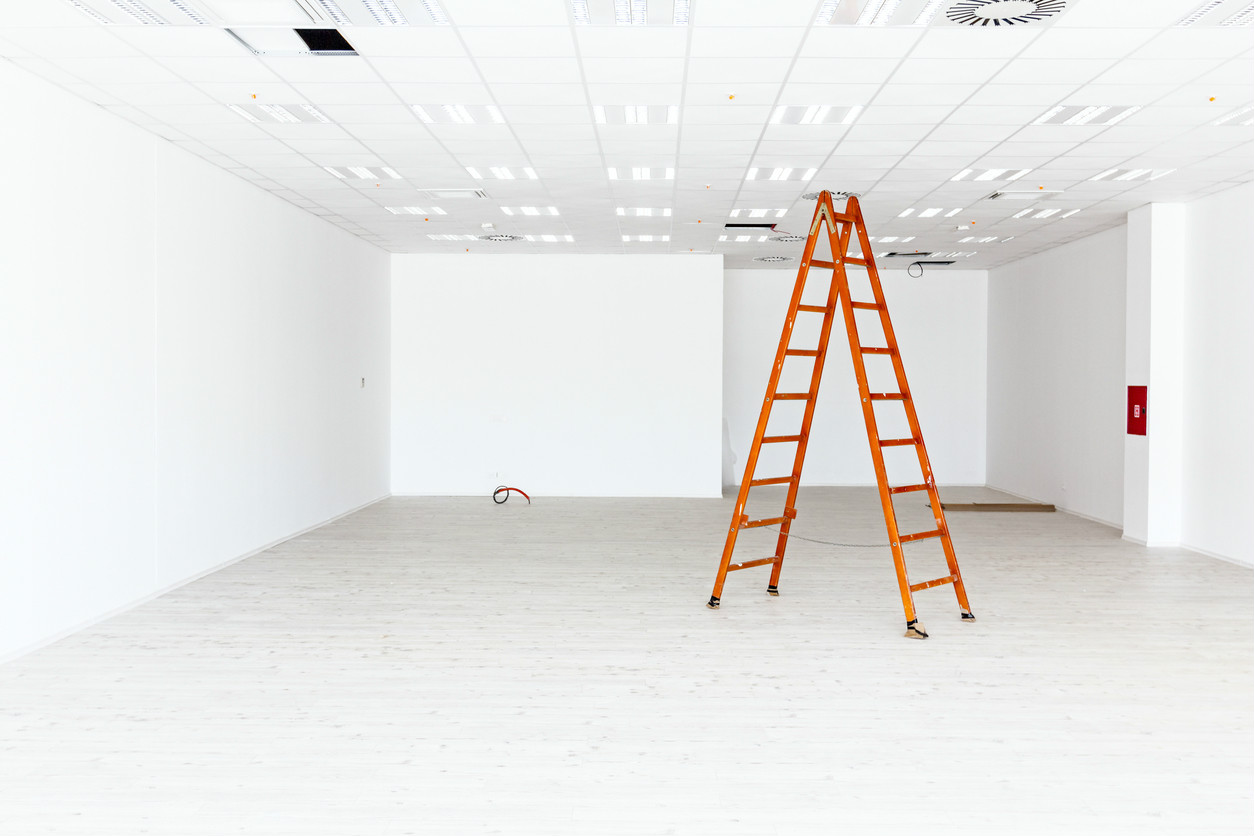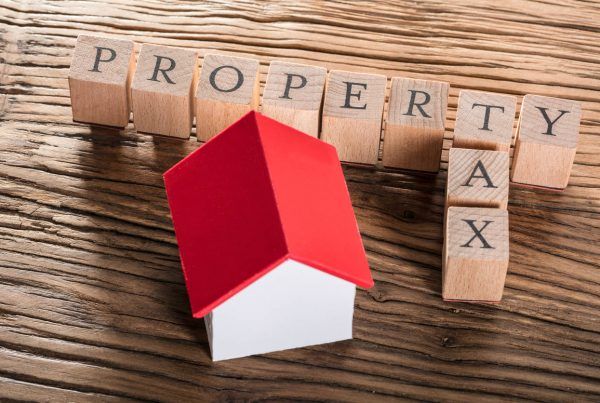The issue of Schedules of Dilapidation is a complicated one and chartered building surveyors are used to support either the tenant or the landlord in differing circumstances. Dilapidations are essentially a claim for damages based on the repairing obligations as set out in a commercial lease.
From the landlord’s perspective, there is a need to ensure that the property is maintained properly. Landlords should ensure proper dilapidations practice by warning tenants in advance of any neglect they become aware of. If that is done, it reduces the risk to the asset value of the property before a problem becomes more widespread. This can best be dealt with through the service of an interim schedule of dilapidations which, although more limited than a final schedule, will usually focus the attention of the tenant on problems that have been discovered. A final schedule of dilapidations will identify items of disrepair to be made good by the tenant to protect the asset value to the landlord when the lease comes to an end. Where tenants fail to comply with the repairing obligations set out in the lease, the schedule of dilapidations will often form the basis of a financial claim by the landlord. From the tenant’s perspective, a schedule of dilapidations is normally at or very near to the expiry of a lease. When this happens, the validity of the landlord’s claim should be investigated and reference must be made to the specific terms of the lease repairing obligations. The landlord’s future plans for the premises must also be considered. When a claim is submitted in good time before the end of the lease, it usually benefits tenants to have any legitimate repair works carried out less expensively themselves rather than leave these for the landlord to complete.
”Tenants taking on a new lease in Scotland are likely to be faced with a clause stating that they accept the property in good order and repair
In terms of Scottish common law, the tenant has different obligations to repair a property under lease. These obligations are largely limited to liability for fair wear and tear, and repairs needed due to their negligence. However, specific lease clauses addressing repairing obligations usually cause the obligations in common law to transfer from the landlord to the tenant. This is the first stumbling block for the uninitiated. Tenants taking on a new lease in Scotland are likely to be faced with a clause stating that they “accept the property in good order and repair” or they “accept the property in a tenantable condition”. This wording causes the transfer of the liability for certain common law obligations from the landlord to the tenant in different ways. For example, accepting the property in good repair implies that it must be returned to the landlord in such a condition at lease expiry. Accepting a property in tenantable condition is not quite as straight forward as the age, character and locality issues could be considered to rebut any schedule of dilapidations in such a case.
It is very important to understand what the repairing clauses in the lease mean. Even leases where there is a relatively short term can have serious repairing implications. Tenants who enter into what they thought were reasonable repairing obligations can quickly learn that this is not the case. It is very important that due diligence is carried out before entering into a lease of the property. It makes sense to engage the services of a chartered building surveyor to visit the premises and report on its condition. If tenants do not do this and it transpires that the building has significant structural problems that could, for instance, only be resolved by the rebuilding of a significant portion of an external elevation then the tenants will become responsible for the cost of those repairs having taken on the repairing obligations in the lease. This can mean that the value of the dilapidations claim is many times more than the annual rental for the premises and that would represent a significant unforeseen and unbudgeted expense for the outgoing tenant. If a proper review of the condition of the building has been carried out before entering into the lease, then this will help tenants to avoid such expense.
“Interim” and “Terminal” dilapidations terminology is used in Scotland although the courts do not recognise a difference between the two types of schedule. In England and Wales it is not unusual for a landlord to serve an interim schedule on a tenant at, say, the mid-term point of the lease as a reminder to the tenant to undertake repairs where they are in breach of their lease obligations. However, in England and Wales, there are limits to what can be included in this – not so in Scotland. During the recent recession, there was a significant increase in the number of schedules of dilapidations being served during the term of a lease in an effort by landlords to avoid being left with an empty property in poor condition in the event that the tenant became insolvent. As a result, as landlords seek to enforce the repairing obligations in the lease and tenants seek to minimise their liabilities, more disputes have arisen.
The starting point in resolving any dispute will be the scope of the repairing obligation – in particular whether the common law position has been supplanted by the repairing clauses in the lease. A key issue in some major dilapidations disputes, argued before the Scottish courts, is whether the landlord’s common law liability for extraordinary repairs has been transferred to the tenant. Resolving this issue can require careful analysis of the wording of the repairing obligation, and its outcome can have significant implications for the respective liabilities of the parties. If you are considering entering into a commercial lease of premises, it makes very good sense to obtain expert dilapidations advice from the outset. Waiting until the approach of the end of the lease is never a cost-effective option.
Landlords and Tenants of property must appreciate the nuances in dilapidations law and how these affect liability. If you would like to discuss a liability issue you have regarding dilapidations or otherwise wish to discuss the terms of a commercial lease, please call us on 0141 227 2200 or use contact link below.
Contact Us





